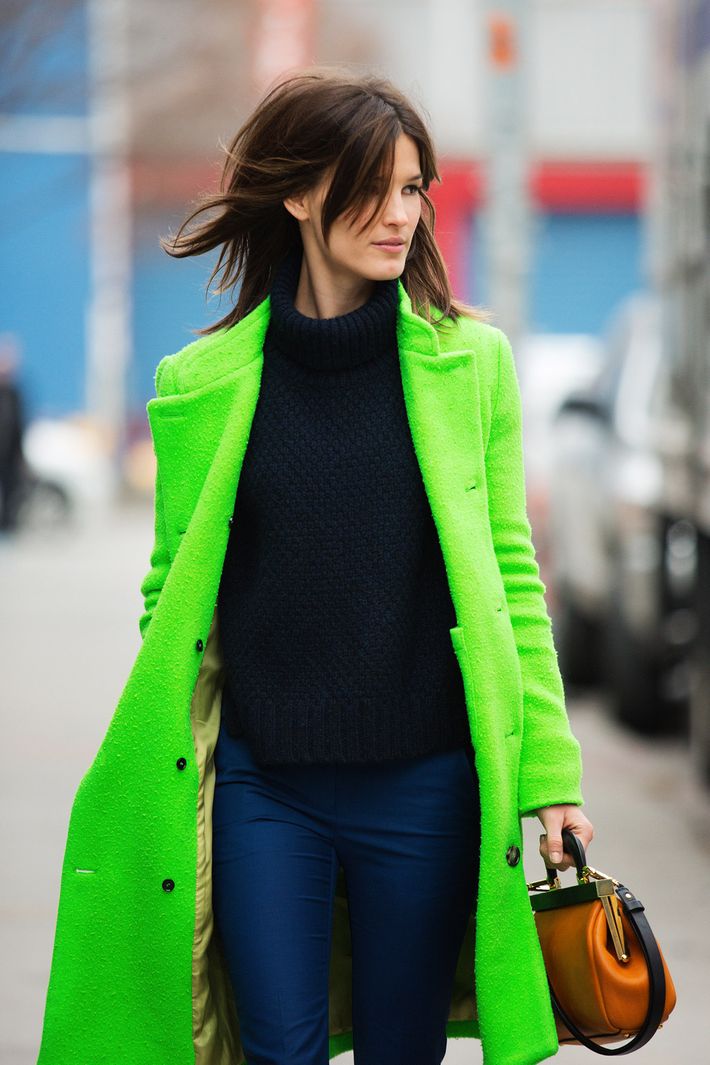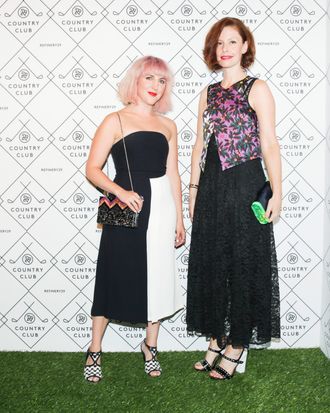
If you’ve ever tried to DIY your own Yasmin Sewell look or assemble a crop-top ensemble worthy of Shiona Turini, you’re probably in the target audience for Refinery29’s new street-style-inspired book, Style Stalking. The coffee-table tome, out today, features all your favorite street-style stars showing off their most snap-worthy looks. Christene Barberich, Refinery29’s editor-in-chief, and Piera Gelardi, the site’s executive creative director — the book’s co-authors — sat down for a chat, in a manner of speaking: The jet-setting Barberich was at the airport en route back from a fashion week, while Gelardi, who logs plenty of miles on her own, was in New York, recovering from the previous night’s Alex Wang x H&M spectacular.
One thing that I really liked about this book is that it’s not prescriptive. It’s not saying “How to dress skinny,” which is the idea behind an actual book that just came out. Or “Here’s how to correct your body type if you’re pear-shaped,” or “De-emphasize this.” You feature plus-size women, but it doesn’t say, “Here’s the plus-size corner.” It’s very inclusive. How did you pick the women that you were going to include?
CB: When Piera and I were assembling the book and writing the copy, we were so careful not to say “You should do this,” or “You should do that.” Or even telling people: “Don’t do this, because you might look crazy.” I remember deliberating over captions with her [because] we didn’t want to discourage readers from trying things and possibly looking a little different or a little weird, because we think that that’s part of the process of really discovering and owning your personal style. And not being so afraid of a “do” or a “don’t.” [We were ] changing copy even when we got far into it, saying, “Ooh, that sounds a little dictatorial.”
PG: Both Christene and I have gone through different phases in our style and phases where perhaps looking back, we think, “Huh. That was an interesting choice.” But I think if we hadn’t felt empowered in our own lives to kind of take those risks and experiment, we wouldn’t be where we are. A lot of things in fashion felt so prescriptive and dictatorial, and we wanted to change that. We wanted to make sure that people felt empowered to take risks and to express their own style, and not feel like they had to do this. We feel that style is about experimenting and having fun and being yourself, and that’s what we wanted to translate into this book.
The women that you have in the book are — while a lot of them are kind of known for street style — relatable, real people. You have Preetma Singh, Rachael Wang, Taylor Tomasi Hill — women with real jobs, who work in the industry. The only person in the book who is a celebrity is Solange Knowles. How did you winnow down these people that you felt had really inspiring style?
CB: We’ve been covering street style on our site since the very beginning, since before this became a global phenomenon. We really wanted to kind of open it up and feature women that we found not just professionally inspiring, whether they were in the industry or not, but whom inspired us and were confident. It was really important to us that it didn’t feel predictable; there are people in there like Rachael and Preetma whom we really find inspiring, not middle-of-the-road. They really go for it. And I think it’s really important to have a spectrum of style. We didn’t want to just show people that were, you know, a walking Sartorialist image every day. It needed to be women that really have a great eye, whether they’re getting photographed or not.
And you have Solange, who is very much your ultimate kind of Refinery29 girl. I’m curious about how you felt she fits in with the rest of the book, given that she’s the only celebrity participant.
PG: She’s a friend, and someone whose personal style I’ve admired from the first time that I got introduced to her, at a concert in Brooklyn. She just looked phenomenal, and I talked to her and then the next time I saw her she looked amazing and I asked her if we could photograph her for our My Style section, which was probably five or six years ago. She’s someone that’s really confident and exuberant. So when we were putting the book together, we thought that she was a perfect fit, the perfect kind of poster child.
CB: She’s also somebody that really embodies that ability to take risks. Whenever she shows up at an event, you never know what she’s going to be wearing, or how she’s going to be wearing her hair. And she really has fun with it, and I think that really shows. We wanted [the book] to really be an optimistic experience. I think fashion can be intimidating and scary and a little depressing for a lot of women, because they don’t feel like they fit in. And she’s someone who really seems to embrace having fun with it.
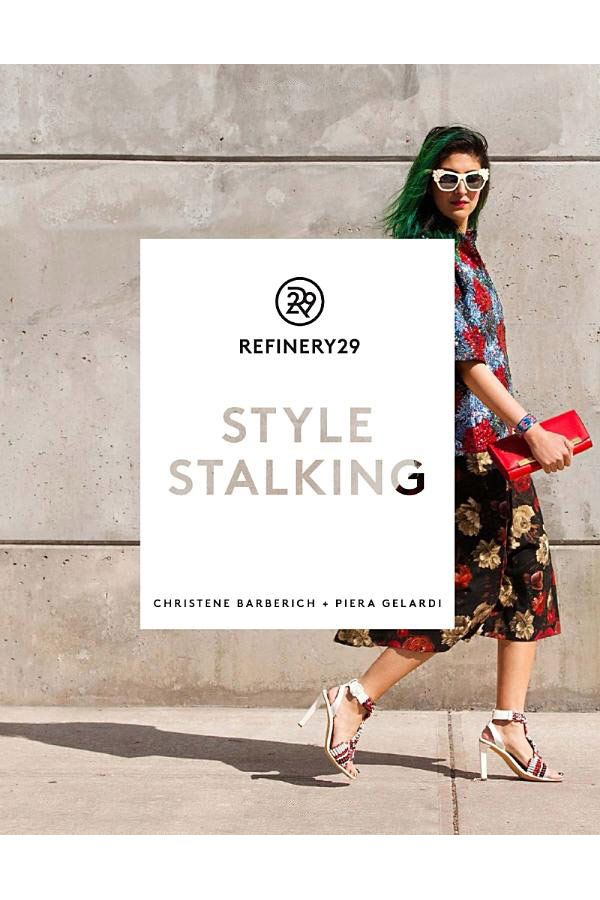
Whom do you see as the target audience for the book?
CB: I think what’s wonderful about us as authors is that we’re ten years apart, a decade apart in age. And we like to say that our reader is ageless, because we have readers that are in their 60s and 70s and we have readers that are in their early teens. The target audience is obviously 18 to 35, but I would really say it’s a woman who’s really excited and interested and curious about expressing her best self possible. That sounds a little cheesy and corny, but it’s kind of true.
PG: I think it’s also for people that are maybe less brave in their fashion choices but are kind of looking for that push and the tools and resources to inspire them on a daily basis.
Could you see there being a potential sequel? Or are you seeing this as a one-time thing?
CB: We have so much amazing original photography that when we’re going through all of the images from Fashion Week, ideas present themselves to us. We can see that there are a lot of possibilities for other books, especially around beauty. I think that that’s an area that could definitely be explored in the same vein.
That would be really cool, to see a beauty take on this same approach.
PG: Beauty is particularly prescriptive when it comes to books, and I think that that’s such an area that’s ripe for experimentation, and there are so many incredible YouTube stars and different kinds of bloggers and beauty entrepreneurs out there that are pioneering this whole new perspective.
The same way that you have print mixing with fashion, people are really into bright lipsticks, colorful eyeliner, all those kinds of things, and it’s not really about a natural look or just like disguising your flaws and doing nothing else. It’s become more expressionistic.
CB: Similarly to style, there are so many women who inspire us with their very personal take on beauty and embracing who they are. In the same way that you said it’s not about covering up your shape or trying to dress skinny, I think the same is true of beauty. We really admire those women who kind of embrace their quirks or just things that within the larger conversation might be seen as flaws, but they’re amplifying those things. So I think that there’s definitely room for us to explore that in the sequel.
PG: I don’t think that women ever want to be confined to a category, and I think that you’d be very hard-pressed to find a beauty manual out there that really endorsed, you know, bleaching your eyebrows or shaving half of your head.
Or dyeing your hair pink [Gelardi’s current look.]
CB: [Another] thing we’re really excited about is, we didn’t want this to be a book that made women feel like they had to go out and buy all these new things in order to road-test any of the ideas. It’s all about using things that you probably already have in your closet. Sometimes when you’re reading fashion magazines you do really feel like you have to go shopping; you’re in this sort of position of lacking what you need in order to be up-to-date or to really feel like you can try out these different kinds of trends.
I know you’re a big advocate of thrifting.
CB: You are put in charge of doing the editing yourself, and I think that’s so empowering. And just to be able to kind of reach for a lace top with multicolored buttons on it, just because it catches your eye and you feel like you want to wear it. I think that’s a really great message.
PG: The “One Piece, Three Ways” section of the book speaks to what Christene was mentioning, where it’s really about getting fresh ideas and getting creative with what you have. We get so inspired by the women that we get to see every day in the office. I saw [Style Director] Connie [Wang] the other day wearing a skirt over a dress and I thought, “Oh! That’s an amazing idea.” And went home and kind of shifted around my own wardrobe and all of a sudden it unlocked this new world of possibilities.
That often happens to me with her as well. I’m like, “Oh! What if I did that?”
CB: Yeah! Oh my God, a skirt over a dress? What about a skirt over pants?
PG: Now we’re wearing pants over dresses. Now it’s gonna be a dress on top of a dress. It doesn’t matter.
CB: A dress as a hat! Anything goes, anything goes.
This interview has been edited and condensed.
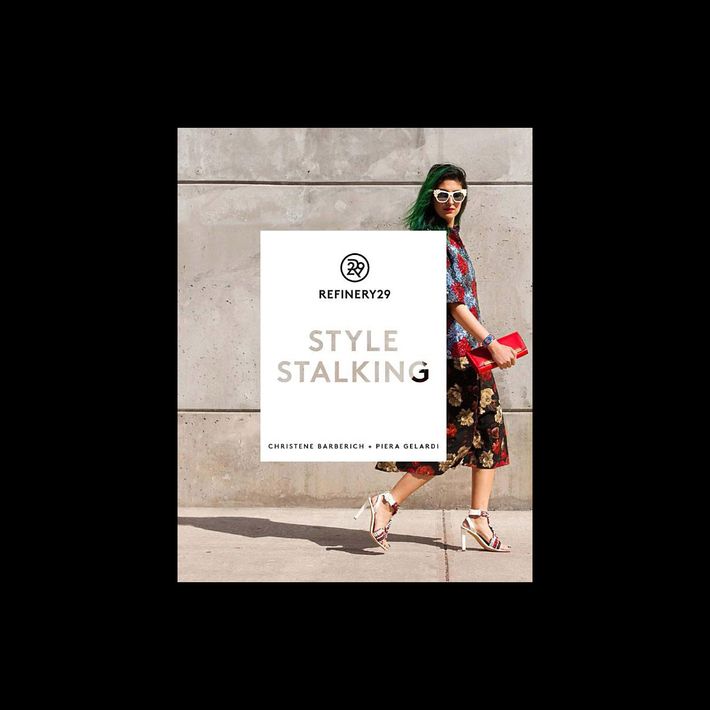
Refinery29: Style Stalking
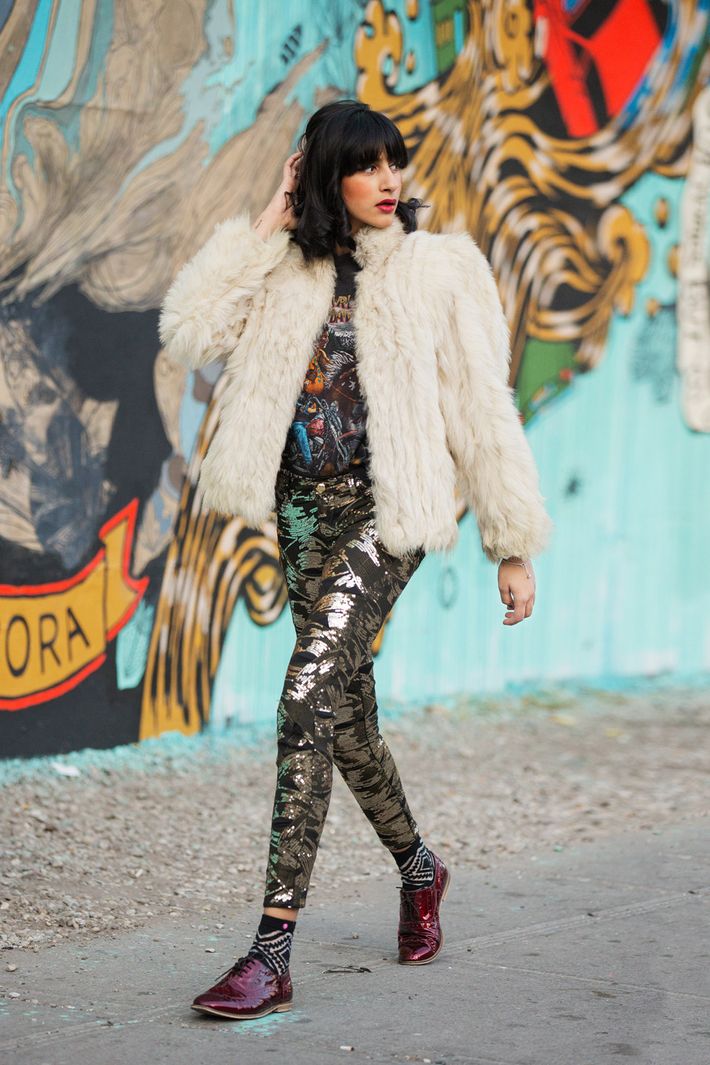
Apneet Kaur
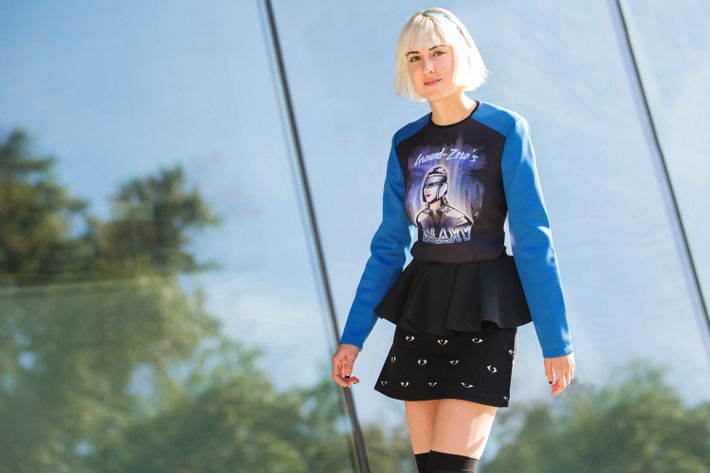
Idil Tabanca
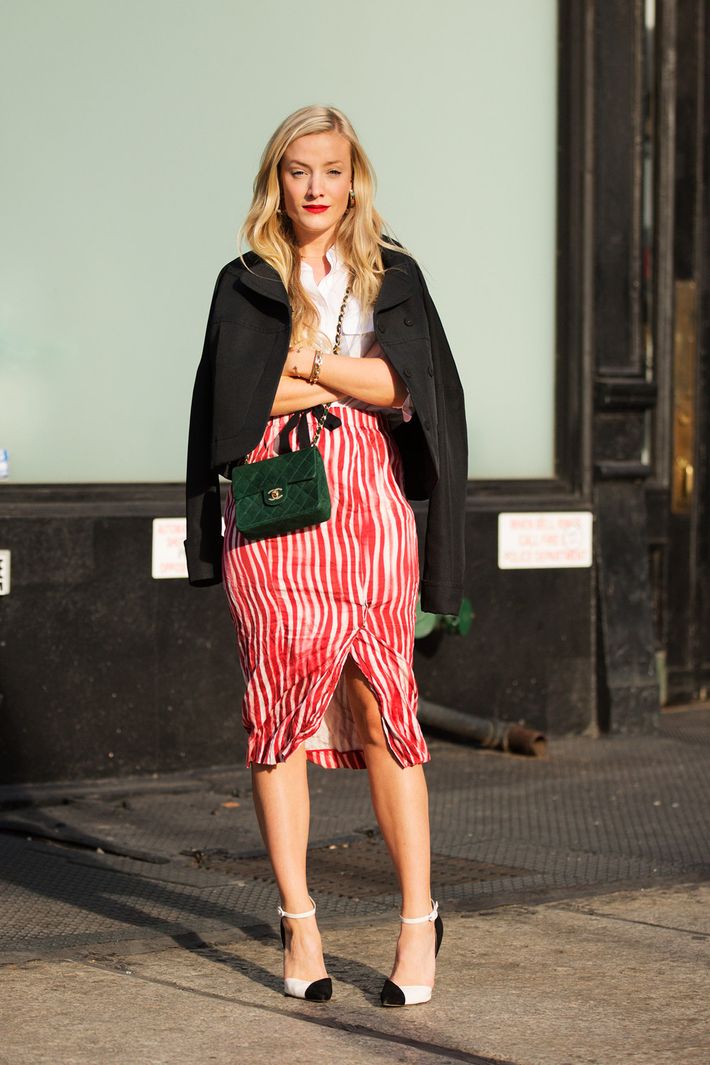
Kate Foley
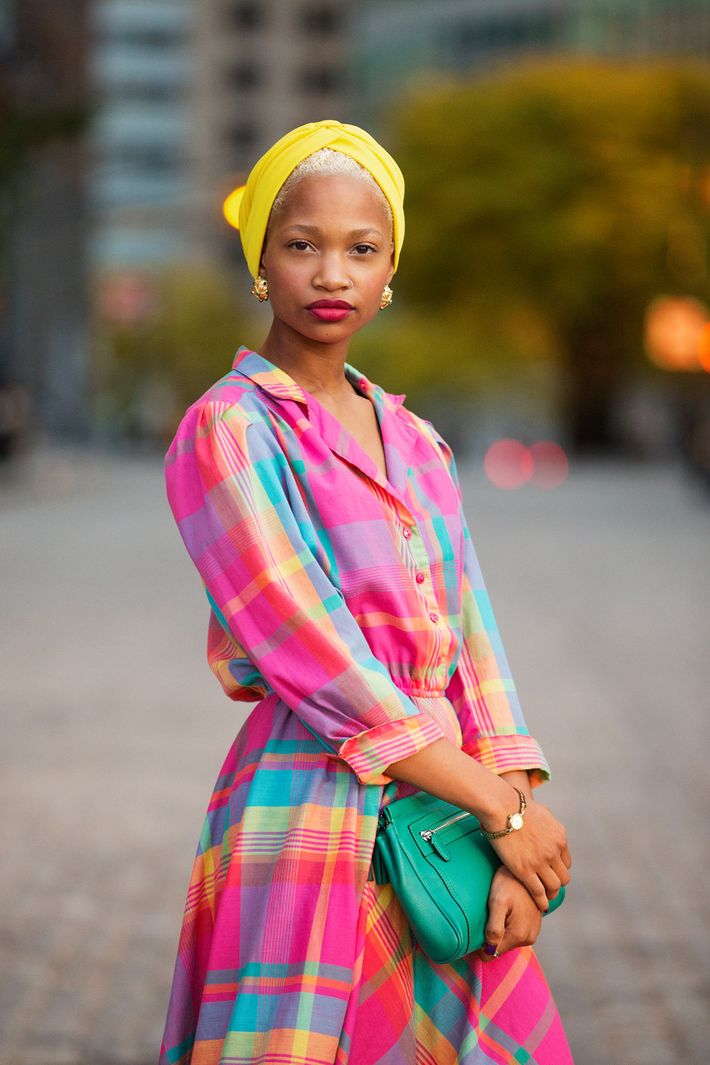
Ni’ma Ford
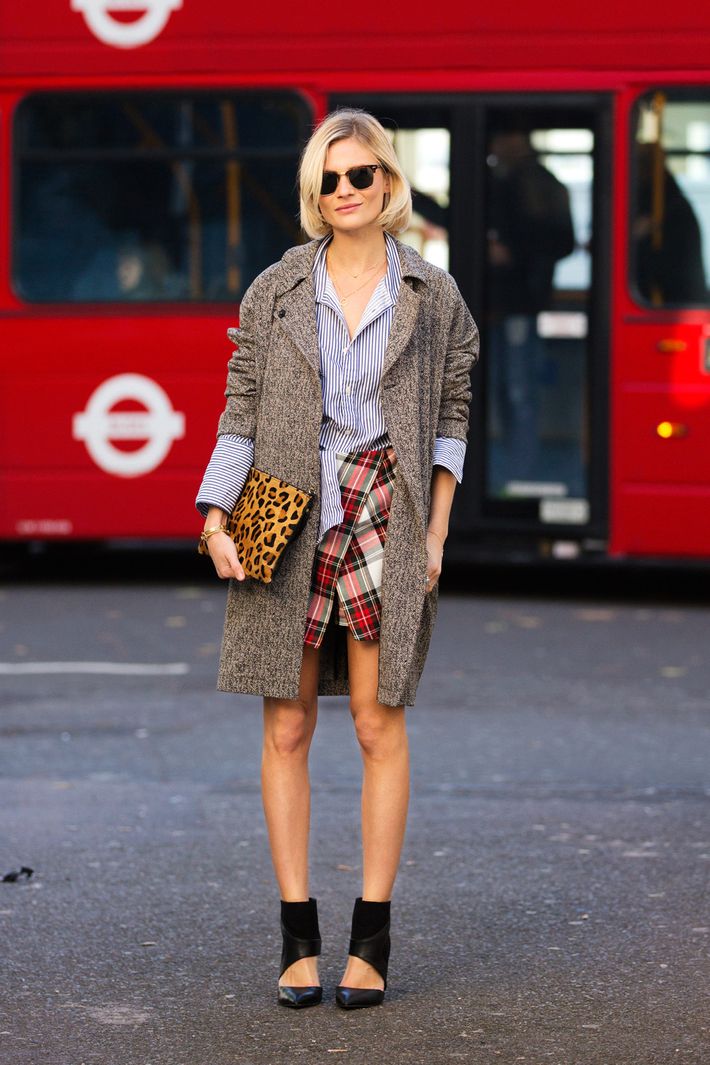
Pandora Sykes
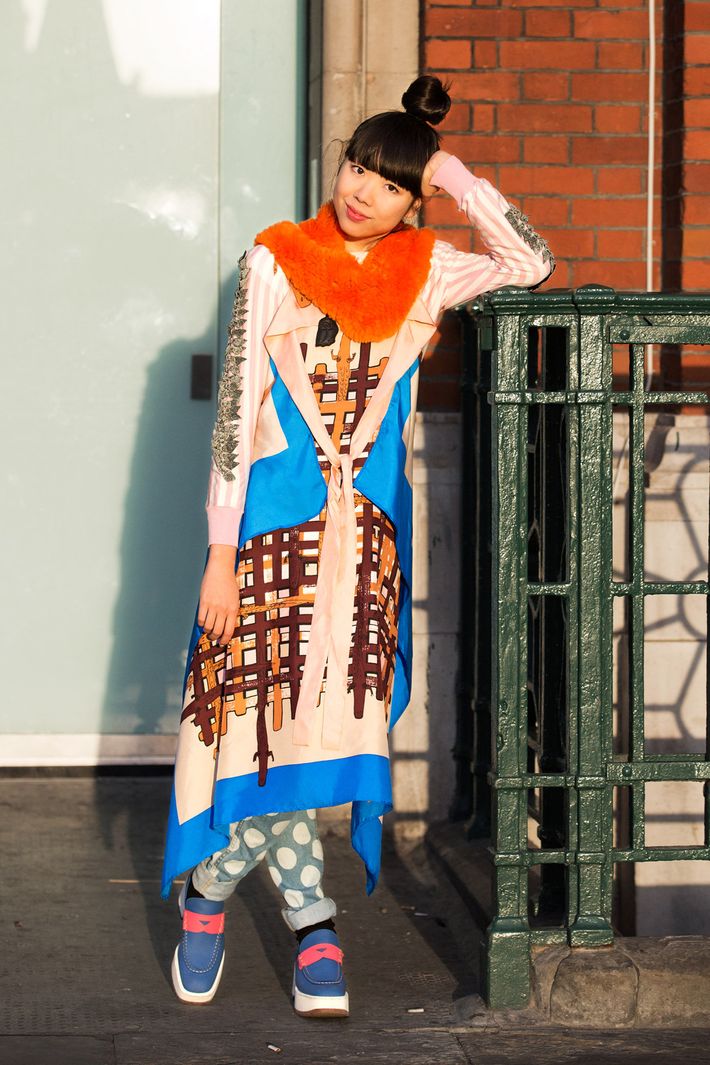
Susie Bubble
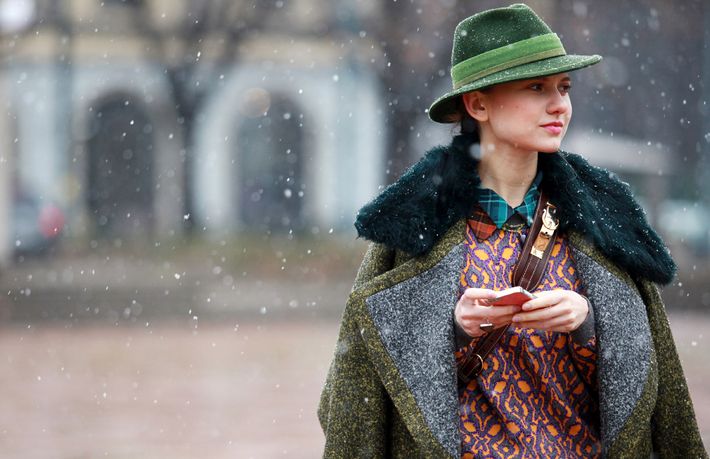
Anna Galaganenko
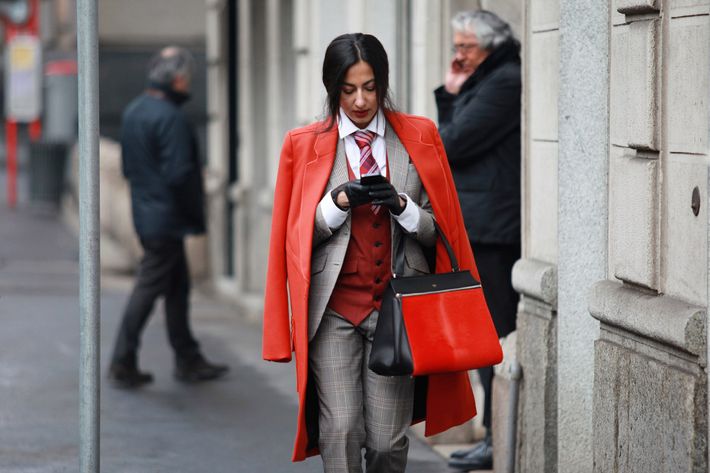
Nausheen Shah
